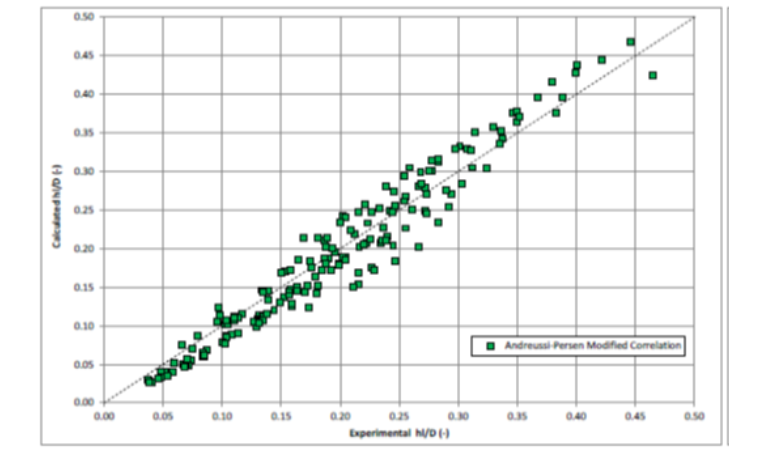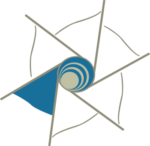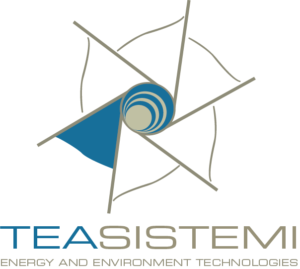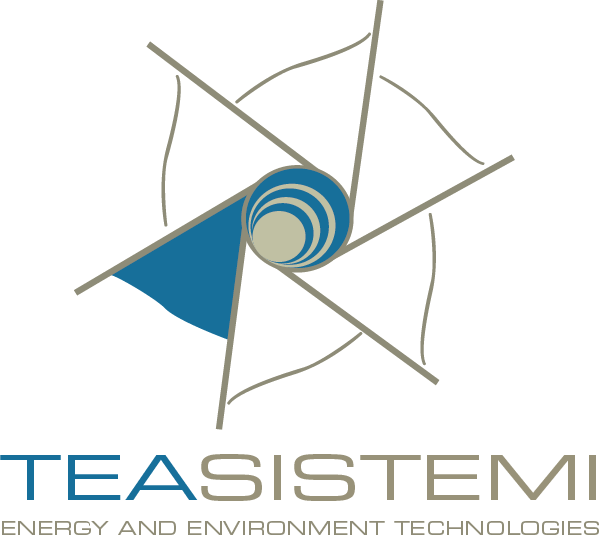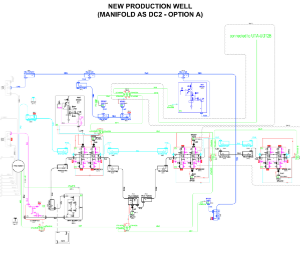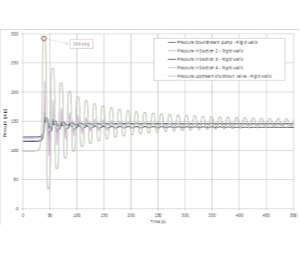We perform Flow Assurance studies
for Oil & Gas and Energy business

Phenomenological Understanding
Flow Assurance analyses start from physics understanding of phenomena driving a given production scenario.
TEASistemi experience in multiphase flow modelling is crucial in this phase, giving the chance to properly evaluate computer code simulations and identify key parameters to be analysed in detail through sensitivity studies.
This phase ends with a correct phenomena definition, ready to be solved by engineering methods

Engineering solutions
Identified Flow Assurance issues are managed using a three step approach:
- Design is performed to allow required production
- Operation Boundaries are identified for selected design
- Management procedures are defined to produce within given boundaries
The final result of this three stage methodology is the overall definition of a production system design and management.
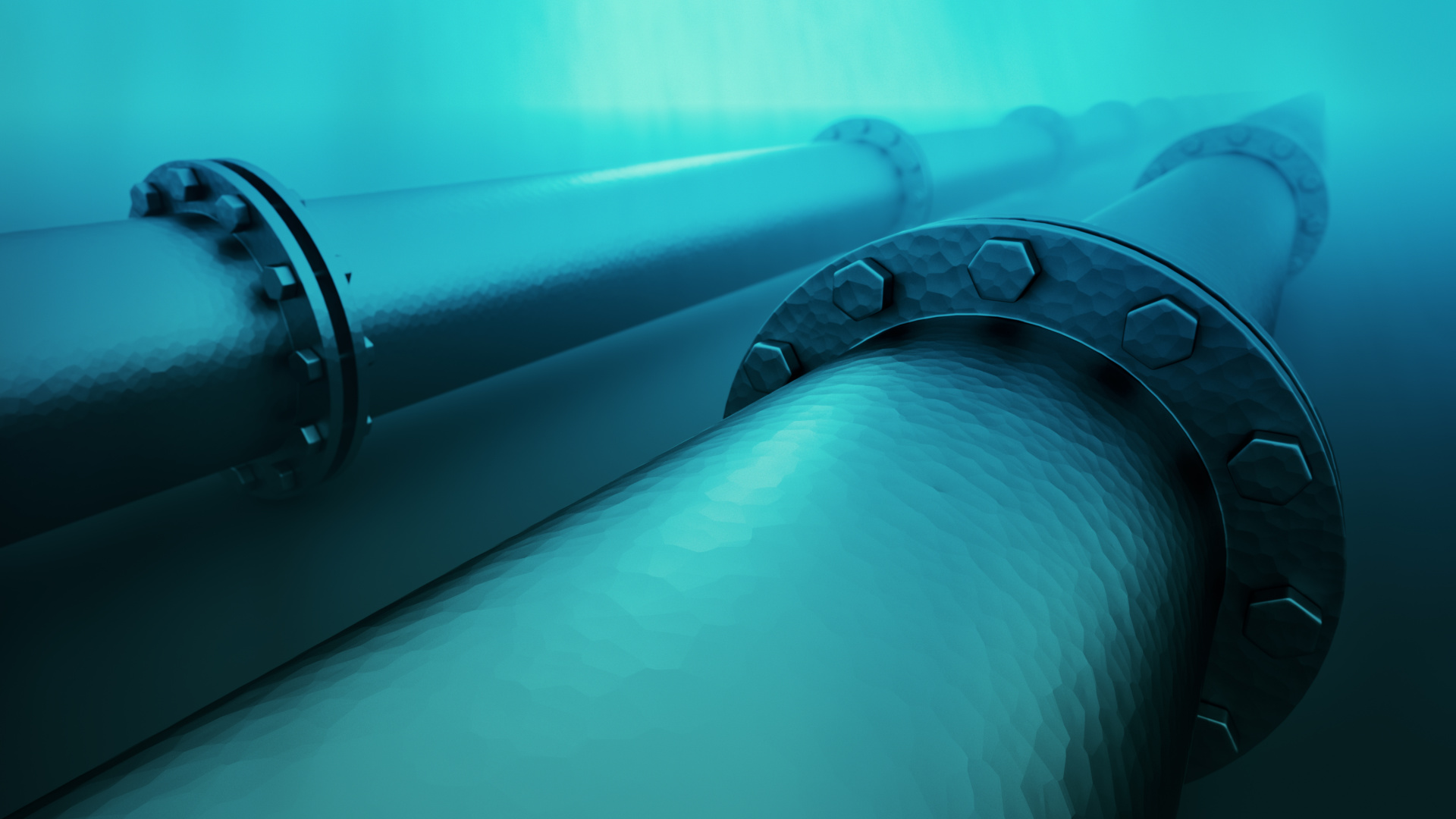
Flow Assurance and Sub-sea Engineering
TEASistemi answers to development issues
- liquids handling, managing solids
- sizing separators and slug catchers
- evaluate corrosion management procedures and pipeline life increase methods
- simulating key operational procedures including start-up, shut-down, and pigging
- definition of specifications for equipment and control system
- assessing environmental risk in sensitive environments.
Design
- Hydraulic and thermal design (operating envelope)
- Process component requirement (pump, separator, flare)
- Production chemistry (hydrate, wax scale)
- Chemical Injection type, rates and volumes
- Corrosion and material selection
- Valves and controllers definition
- Umbilical network design and specifications
Operability
- Production shutdown and restart
- Ramp-down and ramp-up
- Pigging, flushing and hot oiling
- Blowdown and packing
- Dewatering, drying and first startup
- Procedure verification and optimization
Management
- Production Instability control philosophy
- Hydrate and Wax management strategy
- Emergency shutdown procedure
- Pipeline Integrity management
Special activities
- Integrated design (Flow Assurance, Process, HSE) through dynamic link (Matlab interface)
- Overpressure scenario analysis
- Blowdown network sizing/verification
- Release characterization for incidental scenarios
- Pipeline Failure Probability, Lifetime extension and requalification
- Multiphase flow modeling and software
GOLIAT Field Development and Startup operation
Location: North Pole Circle
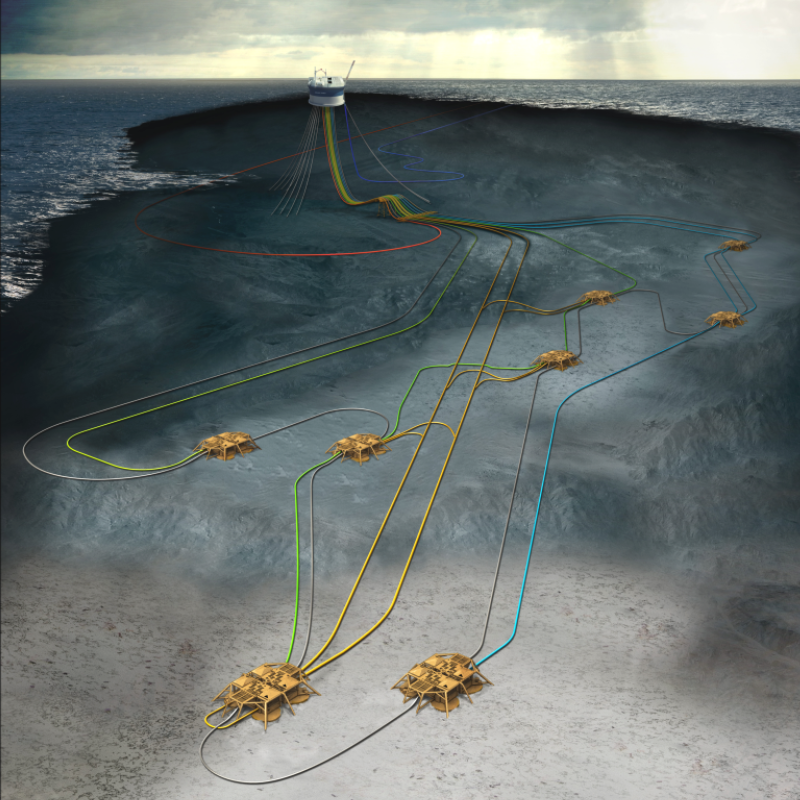
The scope of GOLIAT Project was to exploit reserves of the northers field development ever discovered,
well within North Pole Circle.
Harsh environment (up to -25 °C temperature), low pressure wells, stringent environmental regulations made development high risky in terms of production performances, especially related to the capabilities of pipeline network to be operated during winter conditions without production losses.
TEASistemi has a quite specific experience in deep water development based on previous activities in similar conditions, and was the unique company who might combine engineering capabilities to solve complex problems with research attitude to identify alternatives to unfeasible approaches in field design.
TEASistemi followed the project since feasibility phase
together with the development team
provided during the years all the solutions required to realize a robust and functional design of main production system components, including a full featured set of management operations tailored to allow safe operation of the field in all considered production conditions.

Goliat, the first oil field to begin production in the Barents Sea, has been developed using the largest and most sophisticated cylindrical floating production and storage unit (FPSO) in the world, built using the most advanced technologies to address the technical and environmental challenges linked to operations in an Arctic environment.
